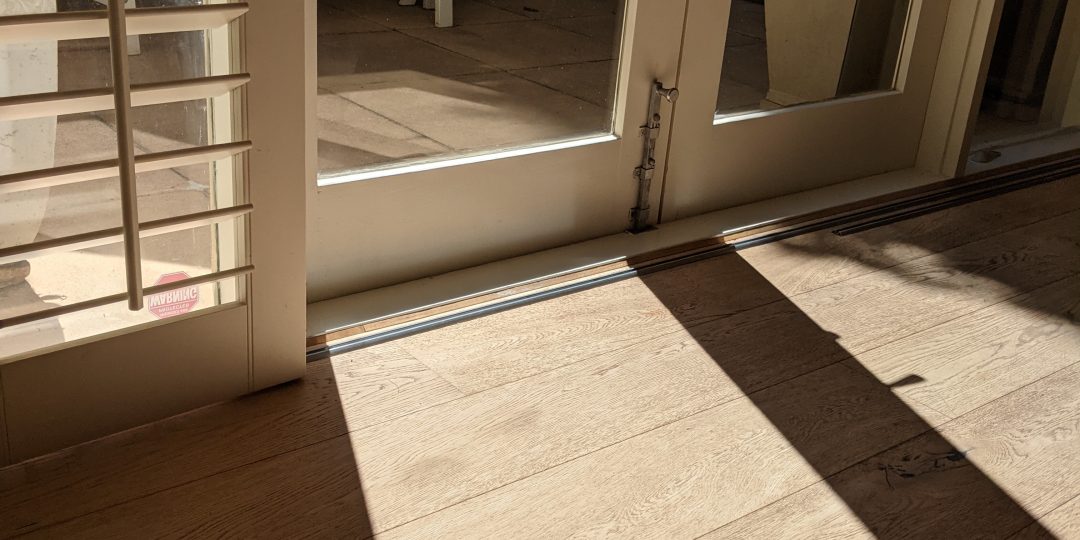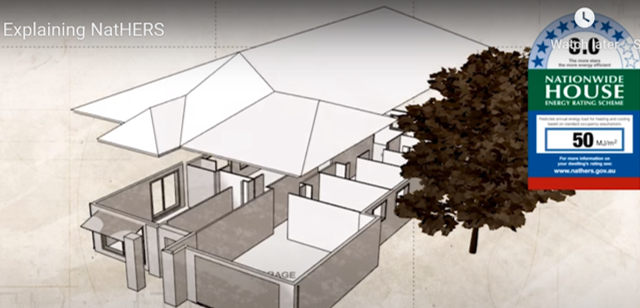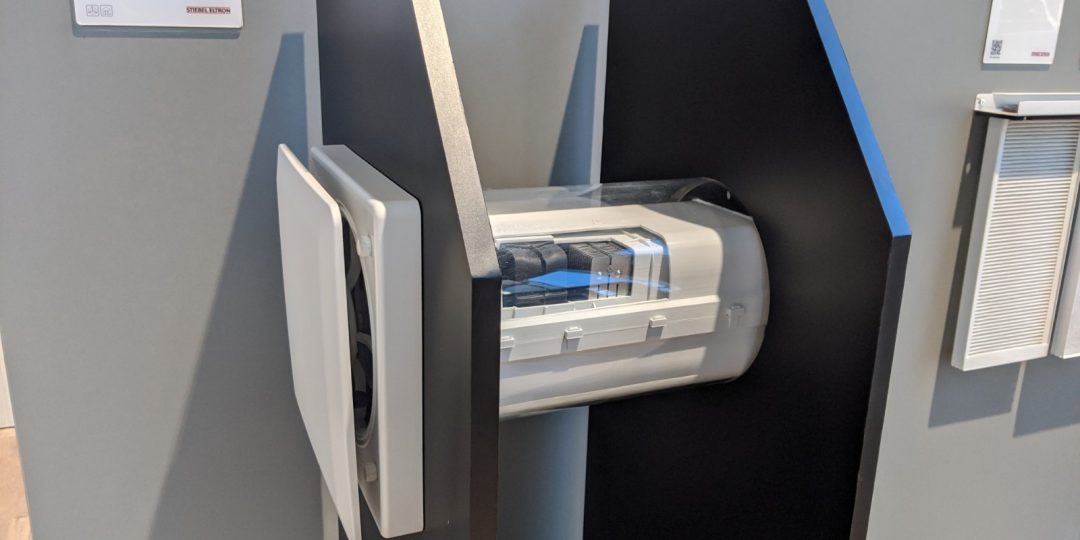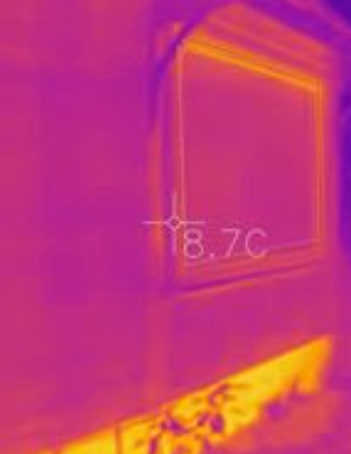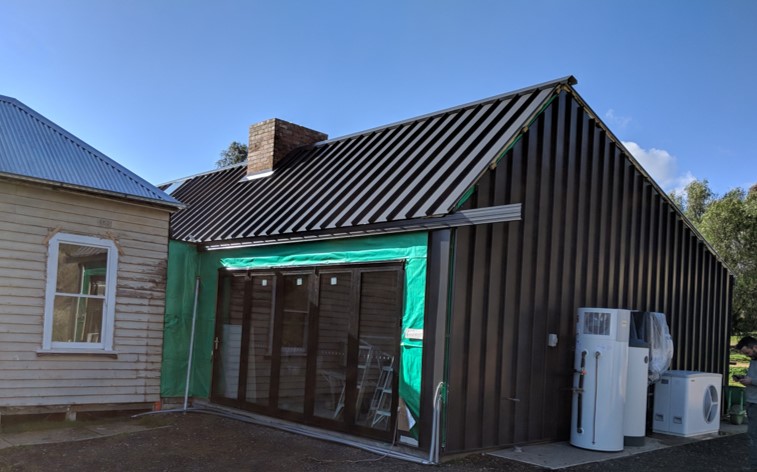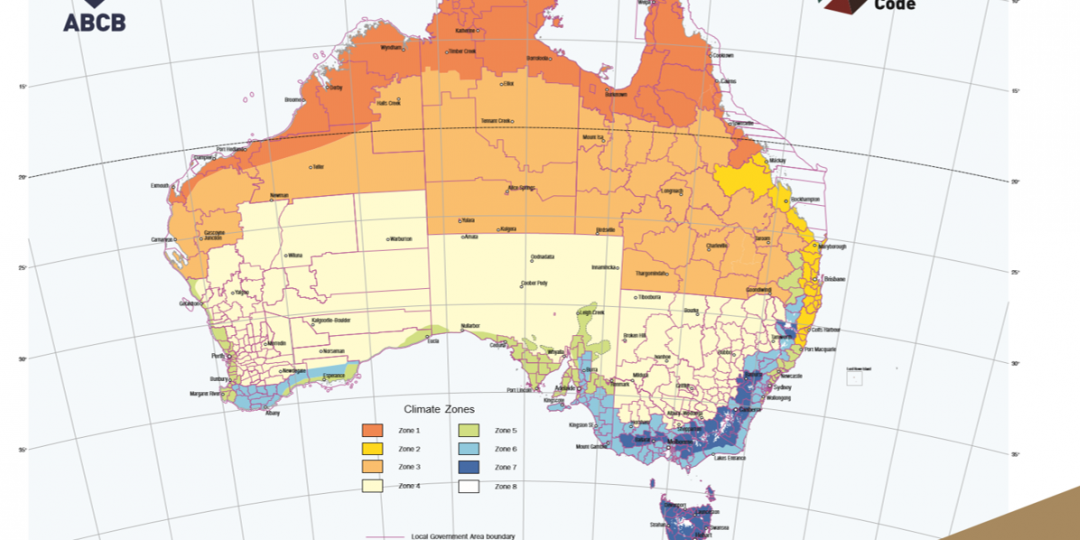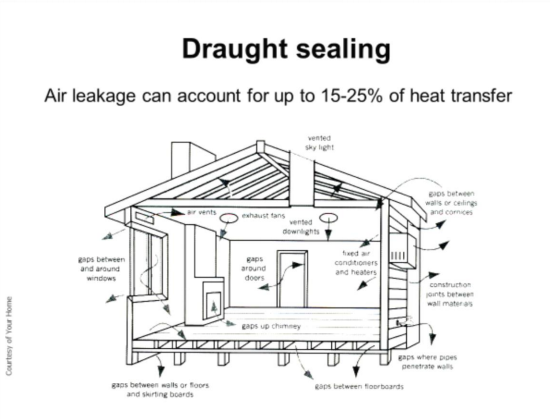
Ventilating my airtight home
This BLOG discusses issues and options for ventilating an airtight home. Airtight homes have less natural ventilation coming through gaps and cracks. With windows closed and no mechanical ventilation system in place, you may wind up with an unhealthy home. In fact, it could lead to a dangerous buildup of carbon dioxide, carbon monoxide, mould and mildew.

